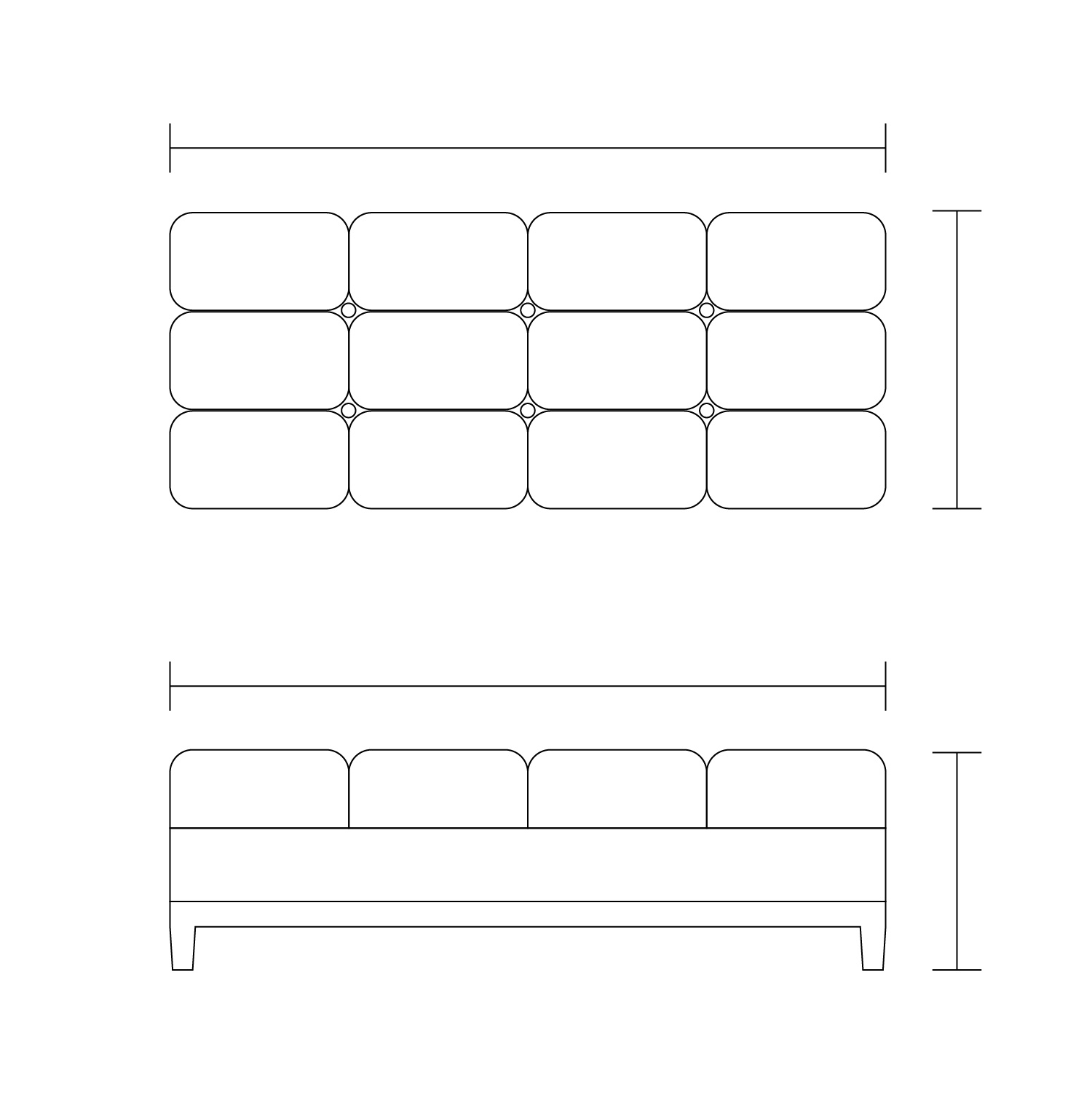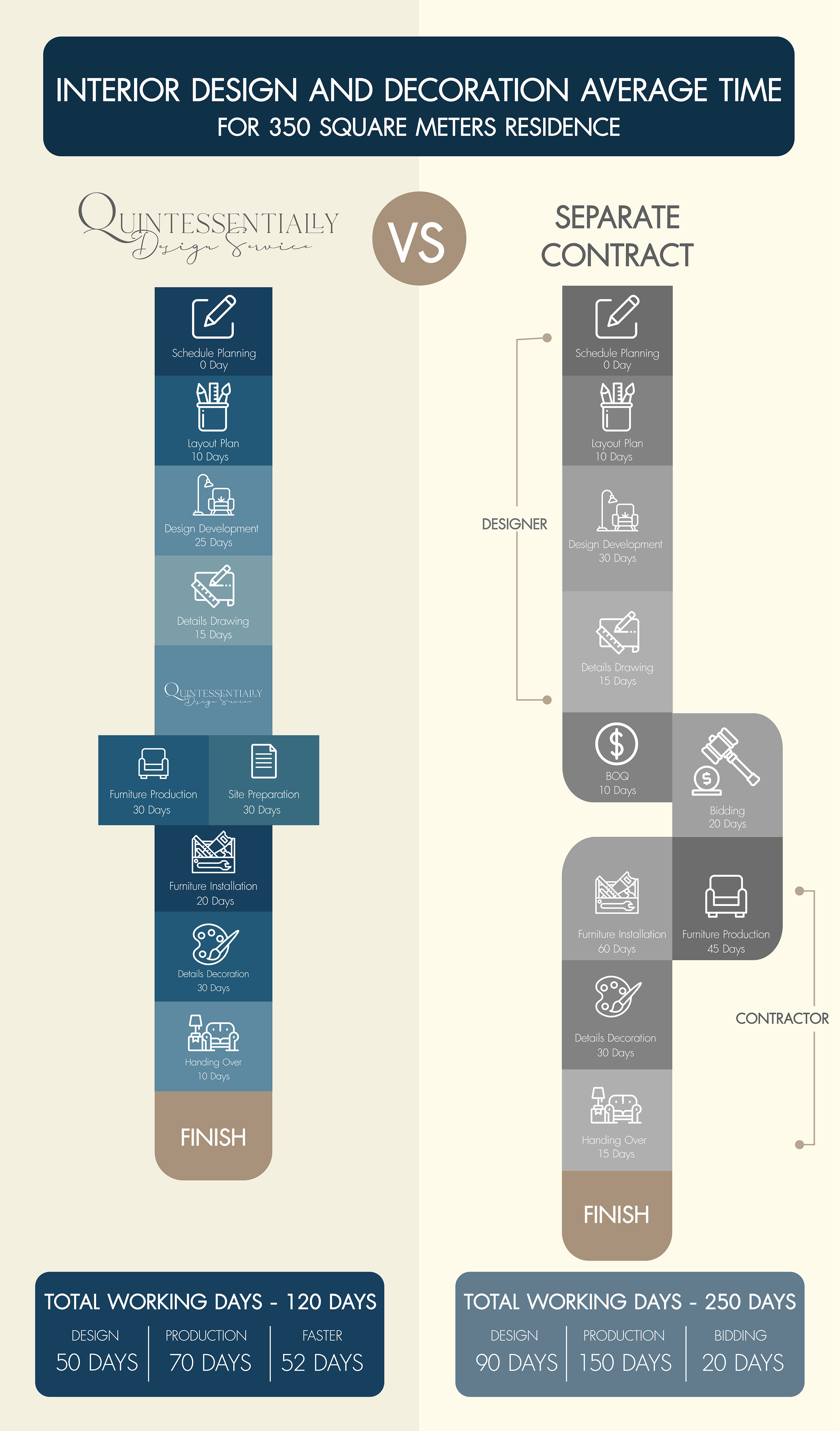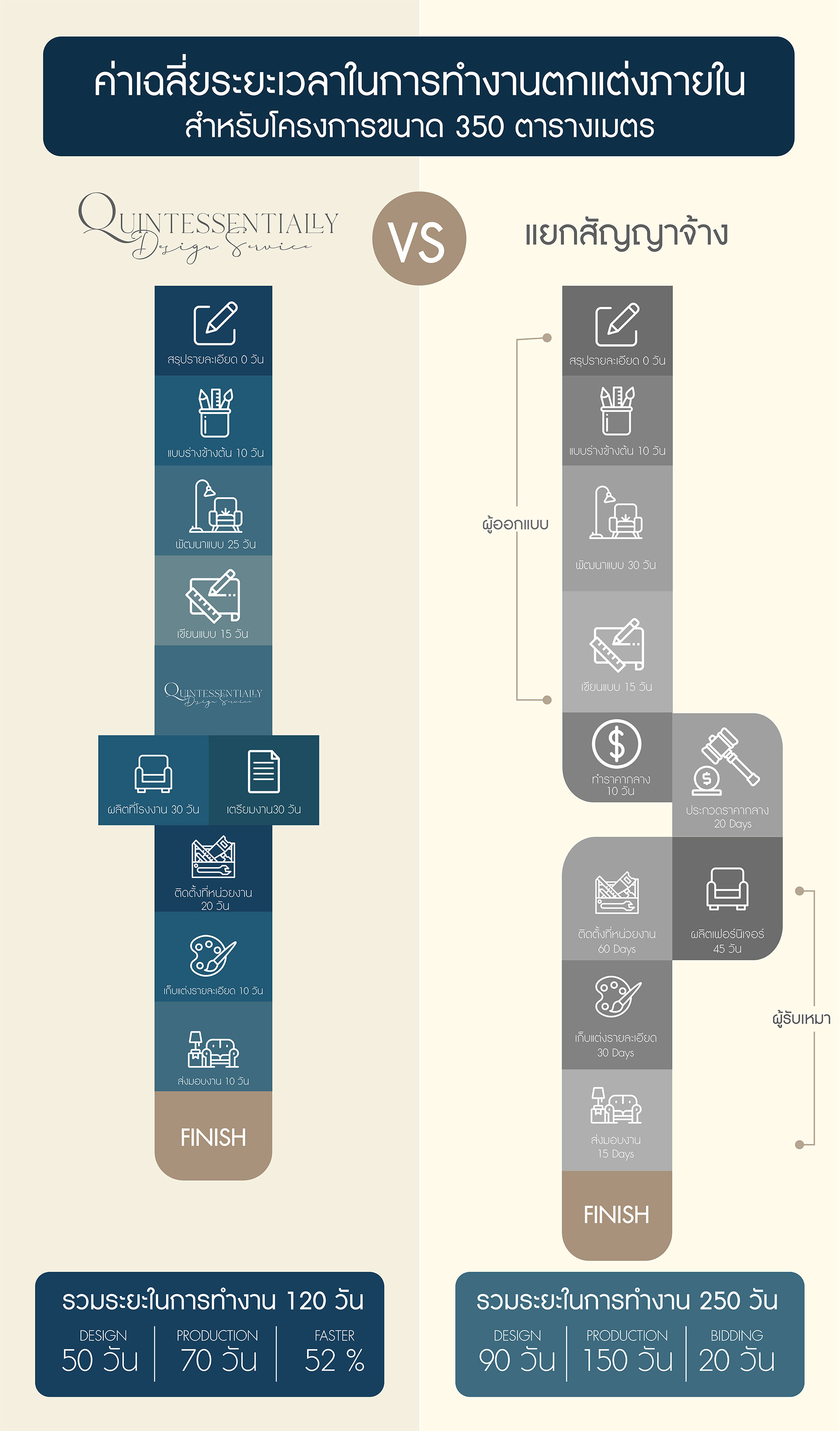
Art Deco : Style & Decor
| EN | TH |
Is Art Deco making a comeback? Yes! And if you are interested in this impactful style from the 20th century, we will tell you all about it!
Origins and History of Art Deco

Credit : Library of Congress on Unsplash
Art Deco, also called Deco, is one of the most influential and exciting styles from the 20th century. The term deco was an abbreviation of arts decoratifs and it was first used in 1858 in France when it was published by the Bulletin de la Société française de photographie. However, the term was invented in 1875. Decorative artists were simply considered artisans till the late 19th century. As their status rose, Art Deco saw an emergence.
Around the end of the 19th century, architects and artists specialising in the Art Nouveau style realised that this style was becoming passe. It was now time for something new to mark the changes that were developing as the 20th century began. The Societe des Artistes Décorateurs was formed by some French artistic innovators and it included prominent figures like Hector Guimard and Pierre Chareau. They planned to put up an exhibition that would display this new decorative art style in 1914 but this had to be pushed back till after the first world war.

Credit : Jean-Luc Benazet on Unsplash
In the end, the plan could only be executed in 1925 and the exhibition lasted for seven months with more than 15000 artists displaying their work. It acted as a catalyst for the Deco movement. It affected all of the decorative arts from fashion and interior design to car designs. The Deco style was a contrast to the Art Nouveau style and more similar to modernism. The expensive and elaborate designs of Art Nouveau were no longer suitable for a world struggling and moving into a modern era.
Unlike the handcrafted works inspired by nature in Art Nouveau, Deco saw the emergence of sleek geometry and machine age streamlining. Artists wanted to create works that reflected the evolution of society, science and other political events of the time.
Deco was popular through the roar of the 20s and survived the depression in the 30s. It also remained impactful in the 40s during the global conflict. However, the mid-century modern style soon started becoming popular and deco phased out in the 50s.
The Deco era took place during a time of hardships when war was at large around the world. The economic recession affected the way of life and this was reflected in the change in architecture as well. Unlike the more decorative buildings of the past, most new buildings were simple square or rectangular shapes. The concept of Art Deco was to turn the attention towards geometric shapes and away from the intricacies and delicate style of Art Nouveau.
What is Art Deco?

Credit : McGill Library on Unsplash
Unlike art nouveau, the focus is on straight lines and simple curves in art deco. Geometric and linear shapes like trapezoids or zigzag patterns are starkly different from the patterns of Art Nouveau that were inspired by animals and flowers. The extent, as well as the nature of simplification and stylization in art deco pieces, depending on how the style is interpreted. Lee Lawrie’s Atlas and Rene Lalique’s The Firebird are some different visualizations of Art Deco style.
Keeping up with the shift to modernism, artists and designers emphasized the use of materials like stainless steel and plastics. Materials like horn and ivory were used to add a touch of refinements and wealth where needed.
In the 1930s, travelling overseas to visit the pyramids or taking part in safaris was a big trend. As people came back from these trips, they were inspired by the hieroglyphic symbols they saw in the Egyptian structures or the animal patterns from their safaris. These elements were then used in their art deco style decor.
While Art Nouveau was more feminine and has elegant, neat and sweet characteristics, Art Deco was more masculine with a simple and modern luxurious element.
Element: Art deco style interior design and decoration
For decorating interiors in the art deco style, you have to embrace the period between the 1920s and 1930s in Europe and America. This style is very different from the art nouveau period that preceded it. While it placed emphasis on machines and modernity, it was also functional and elegant. In recent years, there has been a resurgence of this art deco style. Period pieces and a lot of reproductions from this style have become popular again. If you want to add the flair of art deco to your space, this is how you can do it.
Colors

Credit : Jean-Luc Benazet on Unsplash
Striking and bold colors are a characteristic element of the art deco period. Some of the popular colors in that period were bright yellows, blues, greens and reds. Softer colors included beige and cream shades. These colors were often paired with chrome, black and silver accents.
Furniture

Credit : magazine.artland
When it comes to furnishings inspired by art deco, you have to go big. The furniture of that period was usually large in scale and the silhouette was streamlined. Large-sized armchairs and big armoires are typical art deco pieces. Tortoiseshell inlays inspired by the safari vacations of the time are also an option.
Lighting

Credit : Wesley Tingey on Unsplash
One of the easiest ways to add art deco style to space is through light fixtures inspired by that style. Light fixtures from the art deco period usually come in symmetrical and geometric patterns. You can get fixtures with clean lines and minimal detailing. You can also get shades in etched glass or elongated lighting fixtures depicting skyscrapers. Fanned out shades that obscure the light bulb are another option.
Fabrics

Credit : wallpapersafari
Upholstery fabrics in leathers and velvets are an art deco element you should add to your space. Zebra skin and sharkskin are a prominent feature that was popular. Art deco does not include plaids or florals. Instead, geometric designs on textiles and solid colors are more of an art deco choice.
Flooring

Credit : Erin Hervey on Unsplash
A parquet pattern or herringbone pattern wooden floor adds a touch of art deco to your room. You can have motifs like checkered or cube patterns on the floor in tile or linoleum. If you want a bolder flooring feature, add a large rug in some loud geometric pattern.
As you look for Art Deco inspired decor, look for these motifs that are characteristic of the era:
o Stepped forms
o Trapezoidal shapes
o Triangular shapes
o Zigzag patterns
o Stylized wildlife
o Sunburst shapes
o Chevron patterns
If you keep these elements in mind, you can easily create an Art Deco inspired space in your home or office.
Art Deco Architecture :
CHRYSLER BUILDING IN NEW YORK CITY

Credit : Jonathan Pease on Unsplash
The Chrysler Building is located on the East side of Manhattan in New York City. It is a classic Art Deco skyscraper that displays the style in its interiors as well as exterior. The terraced crown to the street all display elements of Art Deco. Till the Empire State Building was erected in 1931, this building was the tallest in the world for about eleven months. Walter Chrysler commissioned this project to William Van Alen. Stainless steel was used for making the stepping spires with a sunburst motif. The brickwork was white and grey and laid by hand by skilled tradesmen. There are 3862 exterior windows in the building and a series of gargoyles representing the American Eagles.
EASTERN COLUMBIA BUILDING IN LOS ANGELES

Credit : Sterling Davis on Unsplash
The Eastern Columbia Building or Eastern Columbia Lofts is located in Downtown Los Angeles. Claud Beelman designed this landmark Art Deco building that is known as the Art Deco Jewel of the West. Some prominent Art Deco features of this building include the turquoise-coloured terracotta and gold leaf tiles. There is a four-sided decorative clock tower at the top and the building has thirteen stories. The stepped back design, sunburst motifs and crown of flying buttresses all display the brilliance of Art Deco from the 1930s.
MAYAKOVSKAYA METRO STATION IN MOSCOW

Credit : wikipedia by Hadi Karimi
Mayakovskaya Metro Station was built by Alexey Dushkin. The metro construction project in Moscow began in the 1930s. The Soviets wanted their project to prove their cultural superiority and thus wanted it to look similar to a palace underground. Unlike other countries where the metro projects were focused on being utilitarian, Russia wanted theirs to be artistically decorated. This was achieved by Dushkin who designed it in a modern yet beautiful way. The little domes in the station each have 16 lamps that shed light on the mosaics created by Alexander Deineka. The Mayakovskaya could be the first deep column station since the concrete was replaced by stronger metal that reduced the support volume. This station leaves a strong impression on people and received the first prize in the 1939 world’s fair held in New York City.
CHALERMKRUNG THEATRE

Credit : salachalermkrung .com
Sala Chalermkrung Royal Theatre is an iconic Art Deco landmark in Bangkok. Originally a movie theatre built in 1933, it now allows classical Thai dance performances. The project was commissioned by King Prajadhipok and the architect was Prince Samaichaloem Kridakorn. The name of the theatre means “Pavilion to Celebrate the City” since it was made to mark the 150th founding anniversary of Bangkok. The Renaissance style of architecture was left behind and the cinema was built in a more modernist Art Deco style.
GENERAL POST OFFICE BUILDING, BANGKRAK DISTRICT

Credit : wikipedia by Supanut Arunoprayote



































